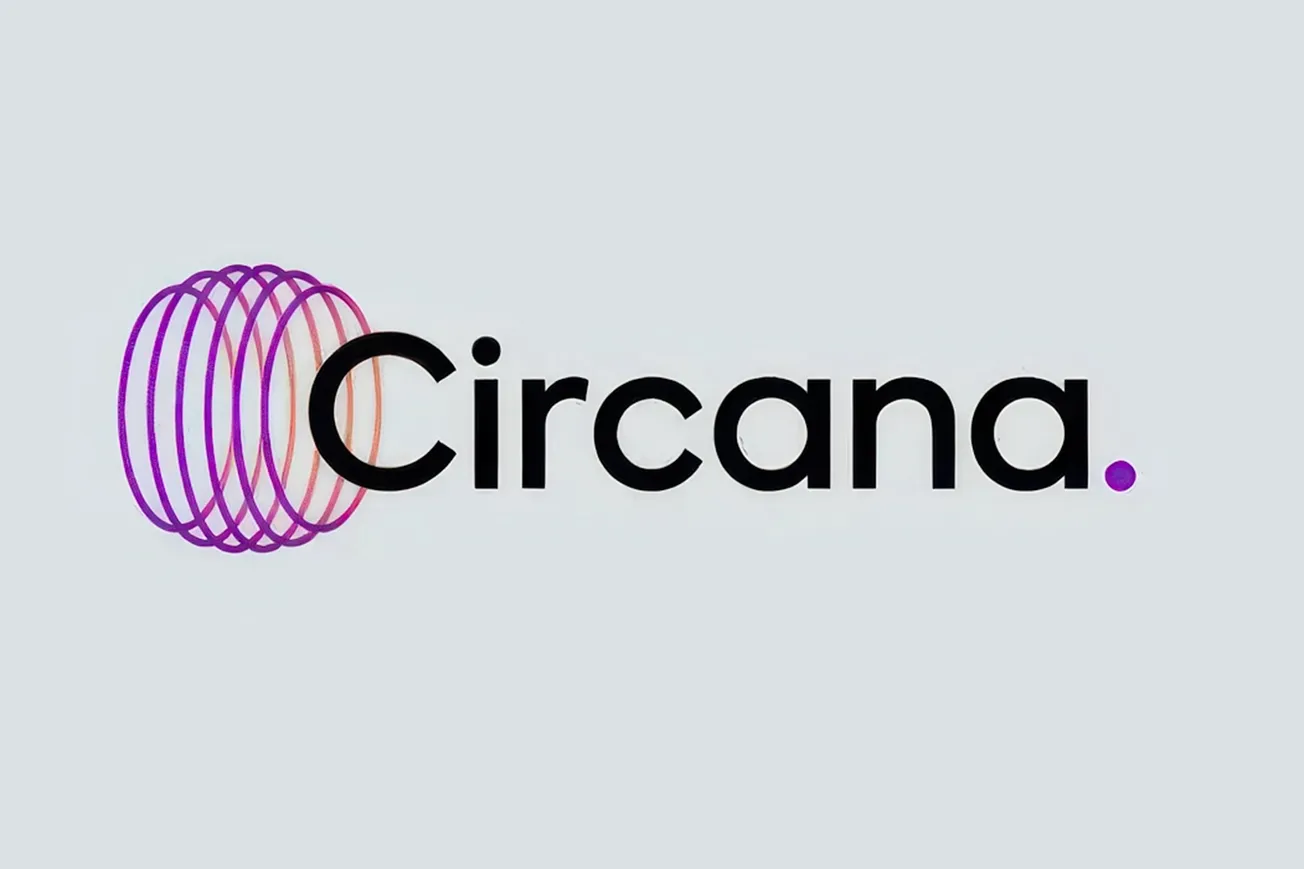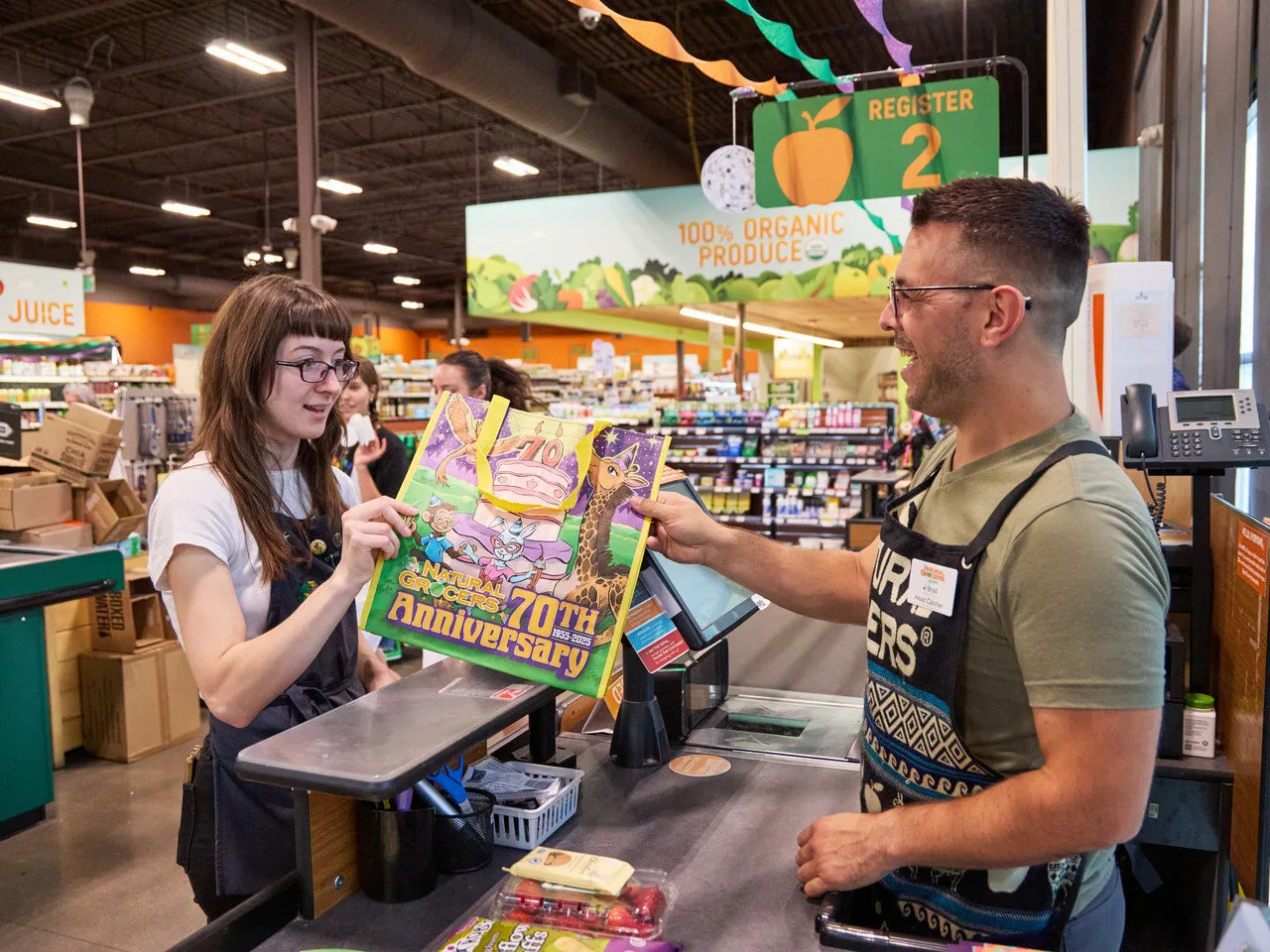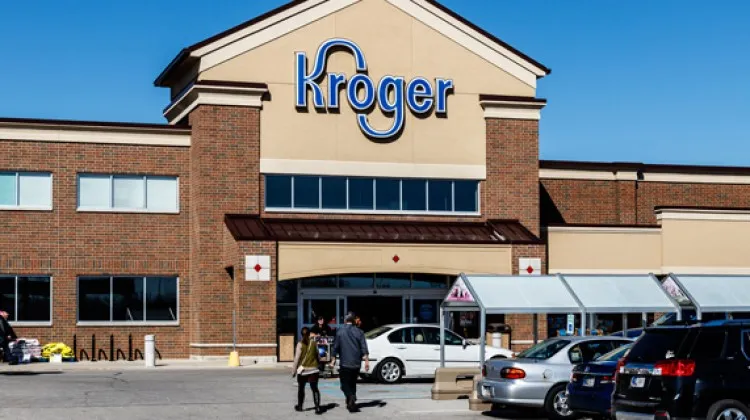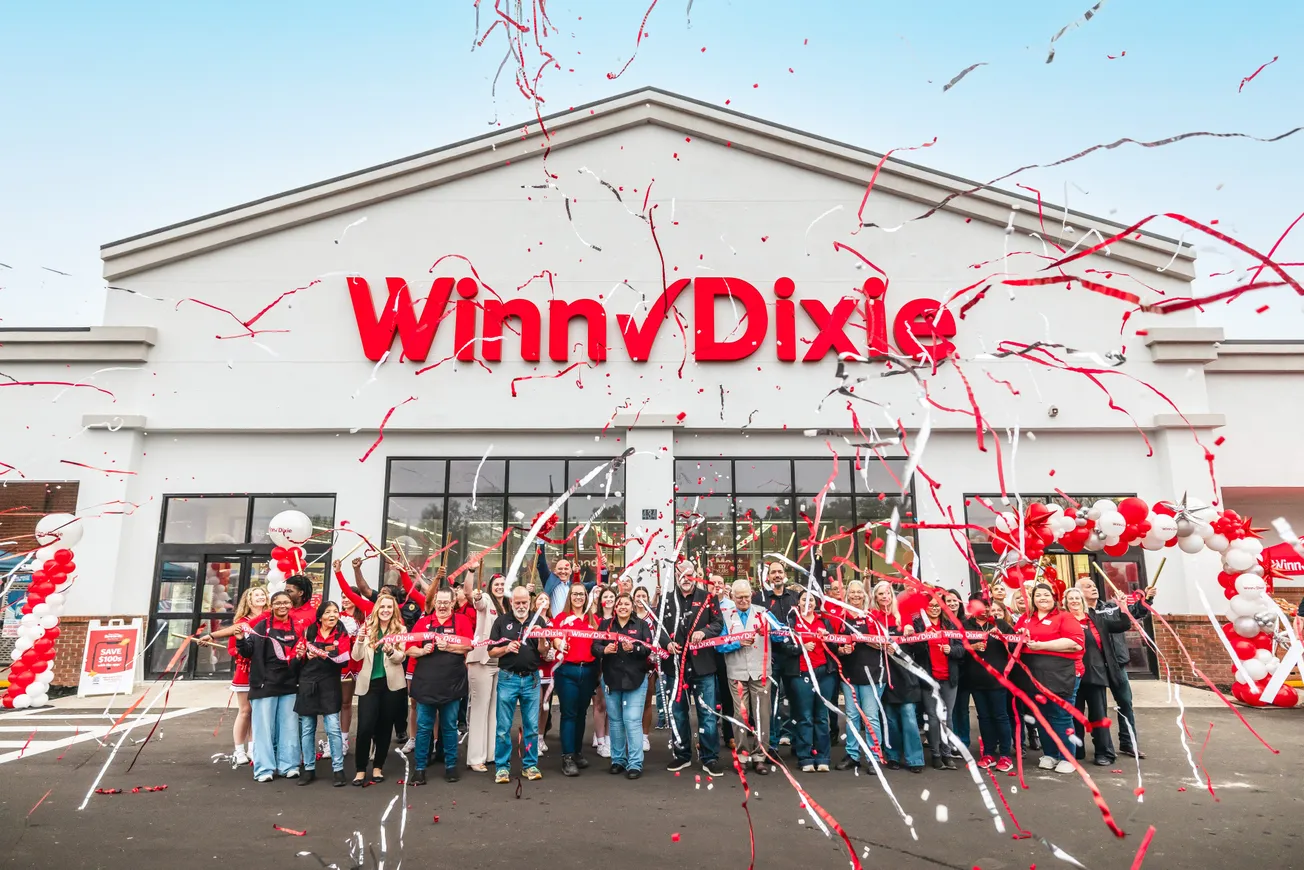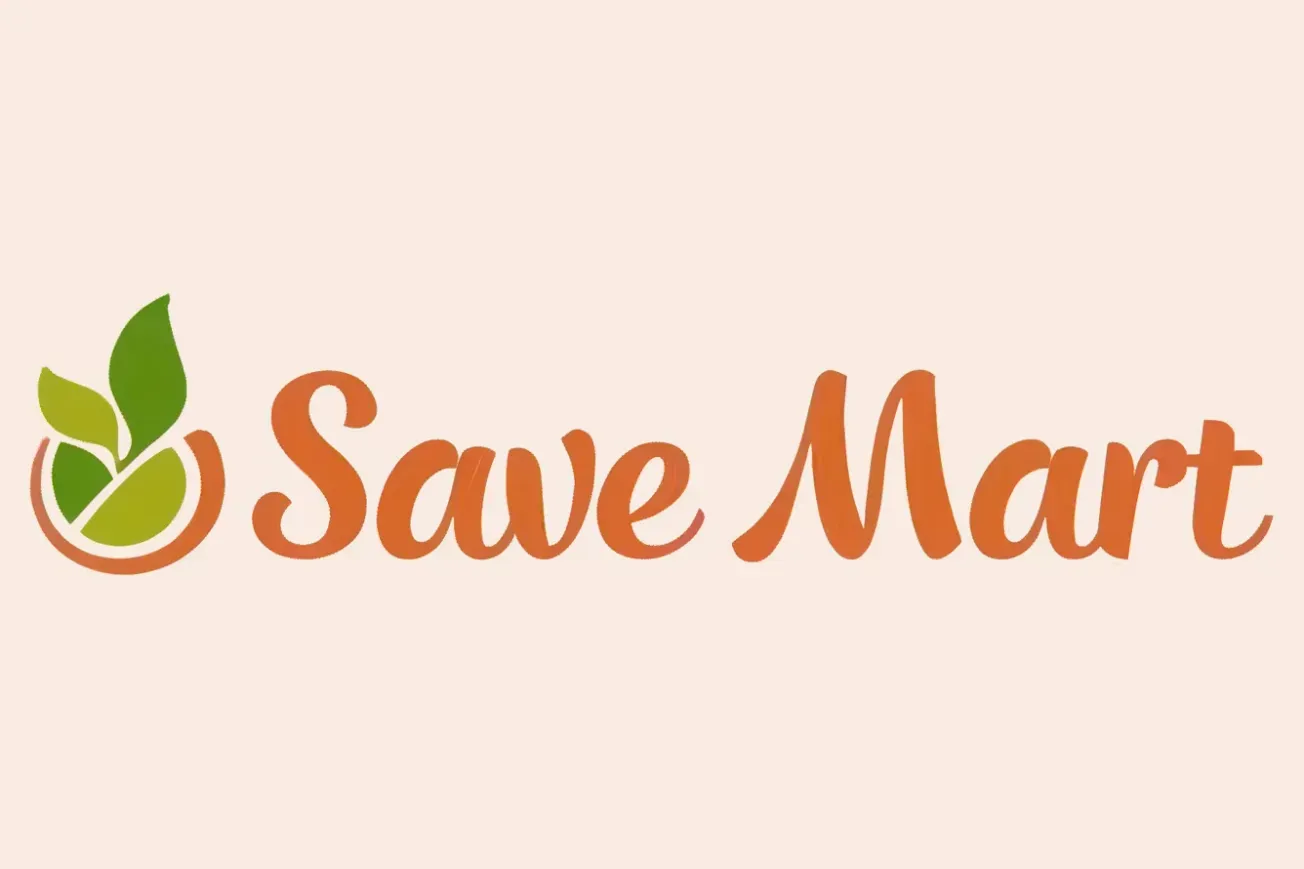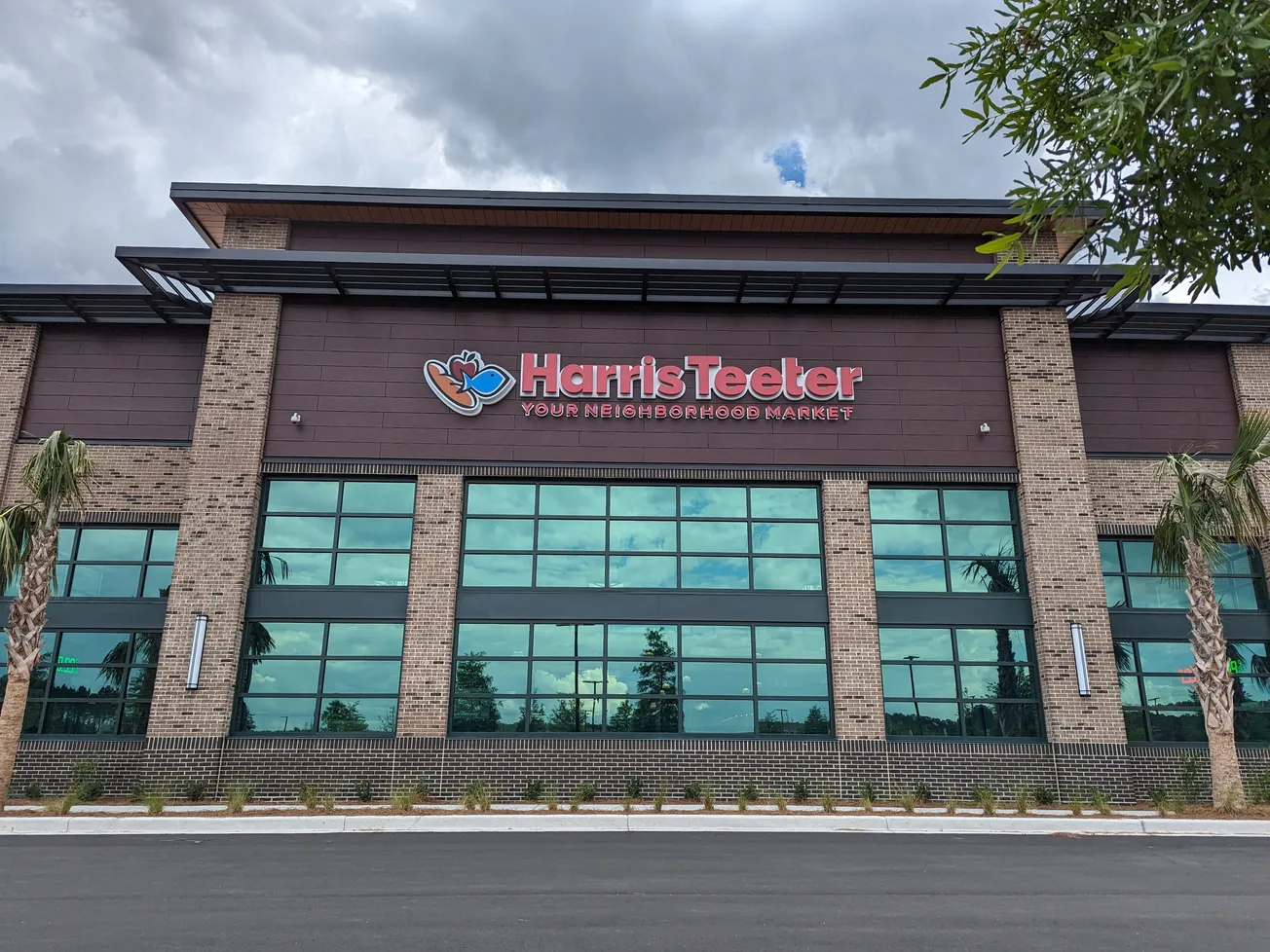CHICAGO — SNAP households spend 32% more per buyer annually than non-SNAP households, according to a new report from Circana. That represents a 1% year-over-year increase. And while SNAP shoppers make 22% more store trips than non-SNAP consumers, the study points out, their spending per trip is lower, reflecting the program’s restrictions on eligible purchases. These shoppers focus predominantly on food and beverage items, with a marked preference for convenience-oriented and functional hydration products.
Circana's report, titled Understanding the Resilience of SNAP Shoppers, provides insights into the purchasing habits of households participating in the Supplemental Nutrition Assistance Program (SNAP). The findings emphasize the importance of this consumer segment for consumer packaged goods (CPG) manufacturers and retailers, highlighting their resilience and significant market influence.
Despite a slight decline in SNAP participation (-1.7% year-over-year), the group retains substantial market influence, accounting for 20% of market share, especially in value-driven retail channels. Although private brand spending among SNAP households is comparable to that of non-SNAP consumers, their brand loyalty is evident through higher spending on name-brand products.
“SNAP participants have shown incredible resilience over the past year, even in the face of continued economic challenges,” noted Sally Lyons Wyatt, global executive vice president and chief advisor at Circana. “With one in eight Americans relying on SNAP for their nutritional needs, this group represents a critical segment for retailers and manufacturers. We expect to see growth in many food and beverage categories driven by SNAP shoppers throughout the next year.”
The report outlines several strategies for retailers and CPG brands to better engage with SNAP consumers. Co-promoting “occasion deals” that combine private and name-brand products can enhance basket sizes and offer greater value to these households. With affordability as a top priority for SNAP shoppers, accessible meal solutions tailored to their needs can drive retention and satisfaction.
Strategic pricing and well-timed promotions are essential to maintaining loyalty in categories experiencing declines in spending and trips. Conversely, for categories showing growth in both spending and unit sales, incentivizing bulk purchases through discounts and employing targeted social media campaigns can deepen engagement. Aligning marketing efforts with SNAP payment schedules offers an additional avenue for maximizing buy rates and shopping frequency.
Convenience also remains a key consideration, with SNAP shoppers gravitating toward products and appliances that simplify meal preparation. The report suggests leveraging educational materials provided by the United States Department of Agriculture (USDA) to help SNAP households make cost-effective, nutritious choices within their budgets.
By focusing on strategic pricing, tailored assortments, and effective store placement, retailers and brands can support SNAP shoppers and unlock growth across the food and beverage categories. Circana’s report underscores the value of understanding and adapting to the unique needs of this vital consumer group.
For further details, the full report is available at Understanding the Resilience of SNAP Shoppers.


